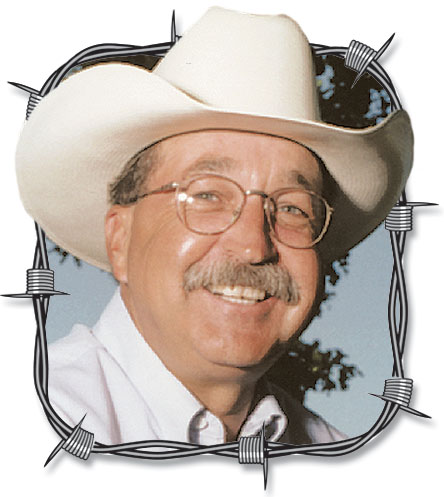 Because I’m a member of the so-called “farm media,” I receive several e-mail press releases each week. Most are from companies or universities that are touting some new innovation or product, and I try to scan the crux of each one, before hitting the delete button, but occasionally, one garners enough of my attention that I open it to read the details. Such was the case today.
Because I’m a member of the so-called “farm media,” I receive several e-mail press releases each week. Most are from companies or universities that are touting some new innovation or product, and I try to scan the crux of each one, before hitting the delete button, but occasionally, one garners enough of my attention that I open it to read the details. Such was the case today.
Some high-tech company had designed a computer chip to implant in cows that would automatically relay information to your computer or smart phone that would tell you the cow’s body temperature, heart rate and even the number of times the cow ruminated during the past 24 hours. With a projected cost of only $10 to $20 each, visions of sugar plums began to dance in my head.
If I implanted one in each of my animals, I wouldn’t have to drive the fields each day checking on the health of the cattle because I could just lie in bed and look at their temperatures on my phone. Their heart rate would tell me if any of them were in distress through attacks from critters or getting their head stuck in the fork of a tree. And, although I know next to nothing about computer electronics, surely someone in the know could take a torque wrench to the chip and adjust it from rumen contractions to uterine contractions to alert me to when each cow started going into labor. I began to daydream about how easy the cattle business was going to be in my future.
Since the computer chip information is transmitted through radio frequency identification (RFID) I was also pretty sure that I could now locate missing cows by simply turning on my phone. So long to my drone. The high-tech gadget I’ve owned for almost three years will now go the way of the pocket calculator and eight-track tape player. I’m ready for the 21st Century. With great interest, I read further.
I knew the dairy industry had used these devices on neck chains for a few years and had monitored feed intake and rumen function, but this implant seemed like a beef cattleman’s dream by recording more information and without the danger of the chain getting caught on the briars and brambles of my forested grasslands. There had to be a catch.
As I read deeper into the press release, I discovered that the computer program required to run the system was a few thousand dollars and the radio receiver that gathers the information was another few thousand. The cows also had to get within 10 to 15 feet of the receiver to allow the data to transfer. I was hoping for a 5-mile range through hilly and brushy terrain in order for it to work in my operation. My sugar plums had now turned to prunes.
Oh, well…never mind. DELETE
Jerry Crownover farms in Lawrence County. He is a former professor of Agriculture Education at Missouri State University, and is an author and professional speaker. To contact Jerry, go to ozarksfn.com and click on ‘Contact Us.’





